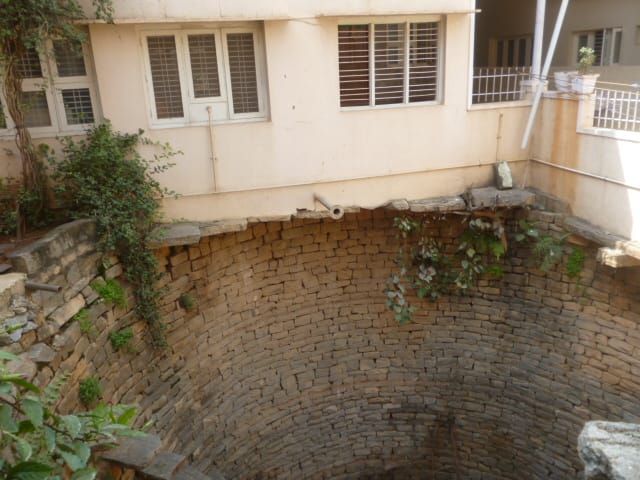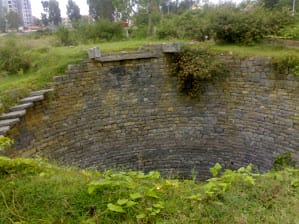Sushant Potdar, an intern with BIOME Trust did a study on the Open Wells in the Yamalur Watershed. The complete report can be seen below and is also available here.
The study seems very relevant, especially at a time when borewells deeper than 1000 feet fail and there is no access to water supplied by the BWSSB in this area. Sushant documents 21 wells that have still not been closed. There are many more in the area that are worth documenting and retaining. All wells are privately owned and hence the maintenance of the well becomes a challenge. What is interesting to note is that some wells in the area still yield water of good quality. An Open Wells map from 1978 in the report also makes for interesting comparisons
The study was concluded with an Open Well Tour. This could be incorporated into some of the City tours.

